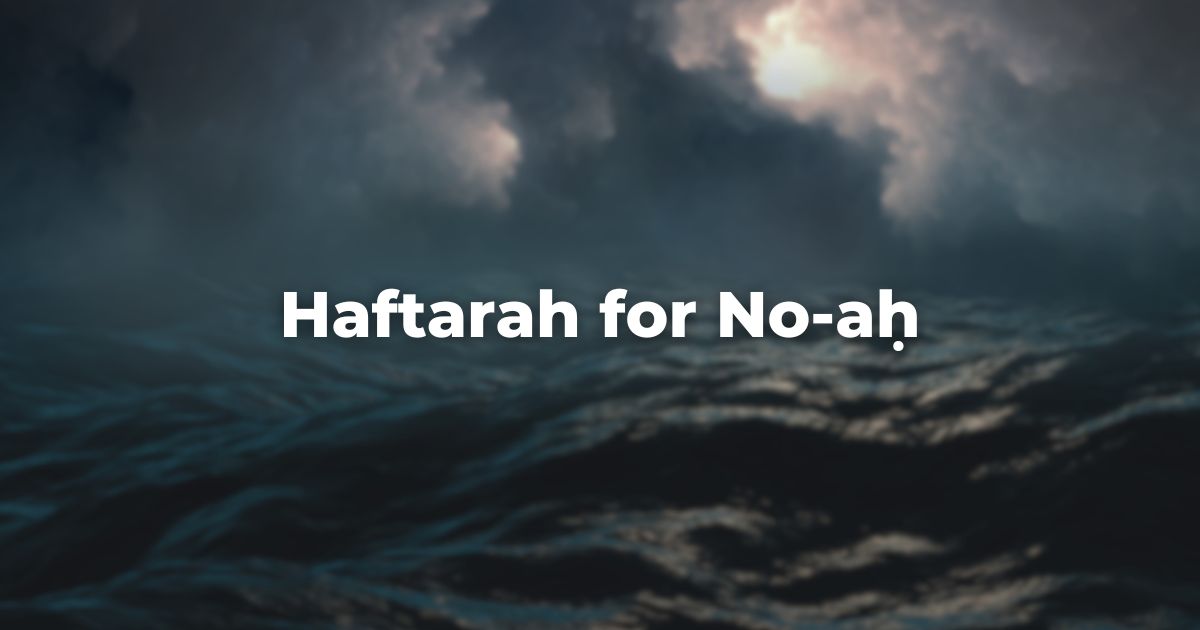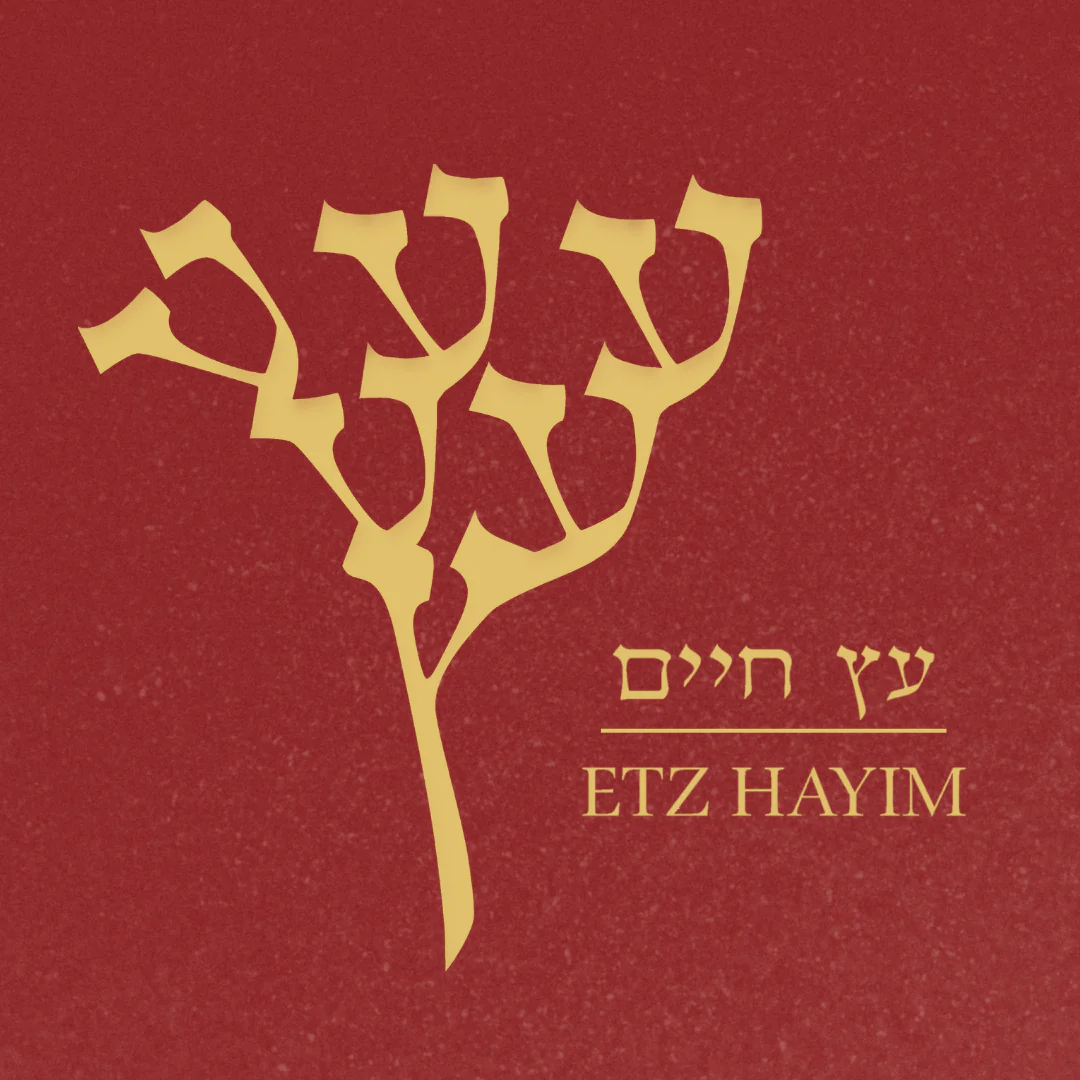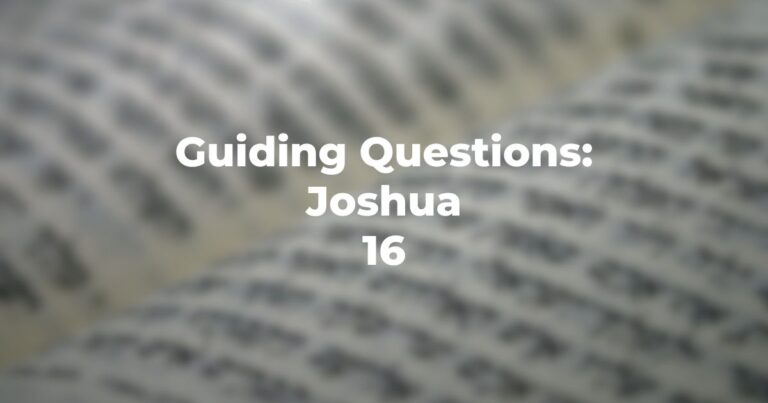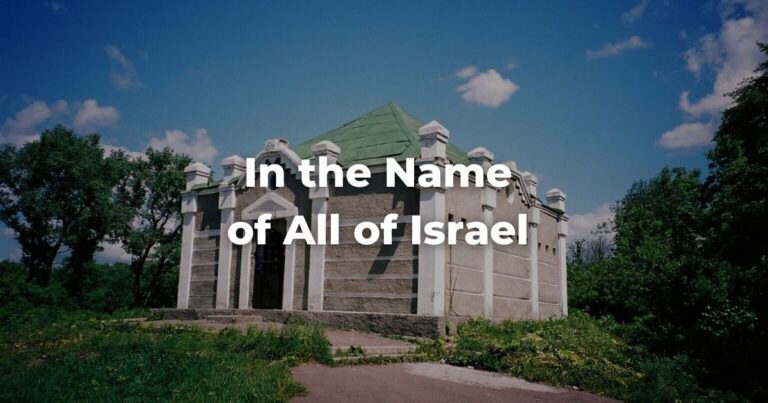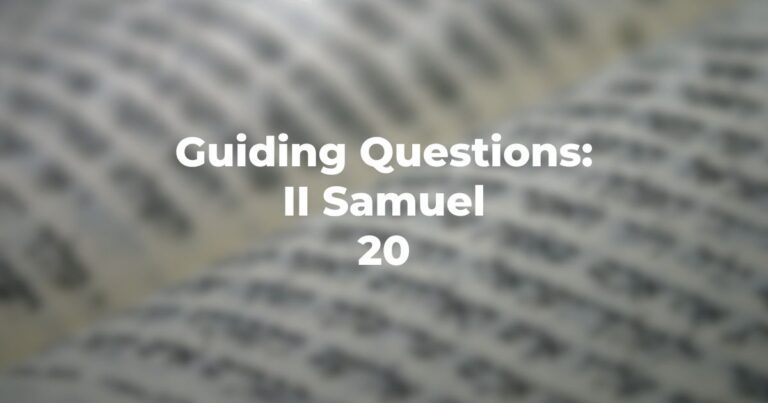Isaiah 54:1-55:5 (Ashk’nazim)
Isaiah 54:1-10 (S’fardim)
This haftarah presents a series of promises and assurances to Zion and its inhabitants. They constitute prophecies addressed to the city (Jerusalem) and to the nation, destroyed and defeated since the Babylonian conquest in 587-586 ʙ.ᴄ.ᴇ.
The prophet promises the restoration of divine mercy and covenantal guarantees. God’s wrath will be replaced with kindness everlasting, recalling the oath sworn after the Flood in the time of Noah.
Figures of assurance dominate the prophet’s style, as dramatized through expanding expressions of God’s language and attributes. The opening proclamation ends simply with the words “said the Lord” (Isaiah 54:1).
After several oracles of renewed kindness, however, the conclusion states, “said the Lord your Redeemer” (Isaiah 54:8); and the finale to God’s oath of permanent loyalty triumphantly proclaims, “said the Lord, who takes you back in love” (Isaiah 54:10).
From another perspective, the nation successively learns that “The Holy One of Israel” who “redeems” Zion is none other than the “God of all the Earth.” Intimate love is expressed by the universal God.
The use of comparisons for the sake of rhetorical emphasis is another stylistic feature of this haftarah. In one instance, the prophet imagines the desolation and restoration of Zion as a ruptured and healed marriage relationship. “The Lord has called you back / As a wife forlorn and forsaken” (Isaiah 54:6).
She who once was “espoused” (b’-ulah; Isaiah 54:1) will be espoused anew by her redeeming and loving Lord (bo·alayikh; Isaiah 54:5). This language draws from older legal usage (Deuteronomy 24:1) and prophetic tradition (Hosiah 2 and Jeremiah 2:1 and Jeremiah 3:1, especially).
In those cases, too, God’s relation with Israel is that of husband and wife. Isaiah’s emphasis that God will take His bride back in “love” (riḥamtikh) and “kindness everlasting” (ḥesed olam; Isaiah 54:8) literally recalls the vows of new espousals as enunciated in Hosiah 2:21. “And I [God] will espouse you forever (l’olam): / I will espouse you with . . . goodness and mercy (ḥesed v’raḥamim).”
There is a notable difference, however. Isaiah speaks of a marriage between God and Zion, not between God and the people Israel. The city is a mystical embodiment of its inhabitants, a connection underscored by the imagery of barrenness and repopulation found throughout the prophecy. Nevertheless, the wider Near Eastern theme of a bond between a deity and its city is maintained here.
Relation of the Haftarah to the Parashah
The primary connection between the haftarah and parashah is their common reference to the Flood in the days of Noah, the result of divine wrath. That event from earliest time, together with God’s oath that followed, are invoked by Isaiah as part of God’s promise of renewed loyalty to His people.
A series of close verbal links establish a relationship between the present situation and the original event. In the ancient past, God made a “covenant” (b’rit) with Noah and his descendants (Genesis 9:9, Genesis 9:11, Genesis 9:15), swearing that “not again” (lo . . . od) will the earth and its inhabitants be destroyed (Genesis 9:11, Genesis 9:15).
Now, too, God promises the nation (Isaiah 54:10, Isaiah 55:1) a renewed “covenant” (b’rit) and the hope that the nation’s shame will “not again” (lo od) be recalled (Isa. 54:4).
The prophet transforms the language of the narrative in two respects. In the first case, a covenant guaranteeing the stability of nature becomes a guarantee of permanent divine loyalty toward Zion and Israel.
The second instance involves taking a pact made between God and all humans and applying it to a covenant with a particular people. These contrasts heighten the mythic proportions by which the nation experienced its destruction and will experience its restoration.
Another version of the divine oath in Genesis adds an additional dimension. In it, God swears: “Never again (lo . . . od) will I doom the earth because of man, since the devisings of man’s mind are evil from his youth; nor will I ever again (v’lo . . . od) destroy every living being, as I have done” (Genesis 8:21).
According to the prophet, the divine oath of restraint is not justified by this realization of the human propensity for evil. Rather, it is motivated by the return of God’s love to His creatures and the decision to transform that love into an everlasting covenant.
The final section of the haftarah suggests that the human heart may be transformed through heeding the call for spiritual living that is God’s gift to “all who are thirsty” (Isaiah 55:1-3).
Two models of piety are offered by the parashah and haftarah. One model is the example of Noah, characterized as a “righteous man” (tzaddik) who was “blameless in his age” and “walked with God” (Genesis 6:9). This model of righteousness is focused on inner purity and divine-centered living. It is the way of spiritual aloneness, with all its inner demands and mysteries.
The other model is that of the “disciples of the Lord ” who establish their city “through righteousness (bitzdakah)” (Isaiah 54:13-14). The focus of this model is the community and its collective transformation.
Here the tasks are public and the demands are in full view. Maimonides perceptively identified a scriptural source for the duty of giving charity (tz’dakah) in Isaiah 54:14, underscoring the importance of such personal piety for collective religious life.
Author
-

Etz Hayim represents the Conservative / Masorti Movement’s reverence for tradition, profound commitment to scholarship and the unique understanding that both are essential to Jewish life. Published in 2001 in conjunction with the United Synagogue of Conservative Judaism, Etz Hayim is the most celebrated contemporary humashA collection of the Five Books of Moses, Pentateuch, or the Hebrew equivalent. Includes the haftarot readings, and usually contains some commentary. It is often used on Shabbat mornings to help follow the Torah reading. Read more. It features the renowned 1985 JPS translation, as well as an authoritative Hebrew text based on the Masoretic tradition. In the same year it was published, Etz Hayim: TorahRefers to the first five books of the Hebrew Bible, the Tanakh, also called the Five Books of Moses, Pentateuch or the Hebrew equivalent, Humash. This is also called the Written Torah. The term may also refer to teachings that expound on Jewish tradition. Read more & Commentary won a National Jewish Book Award for Non-Fiction.
View all posts

